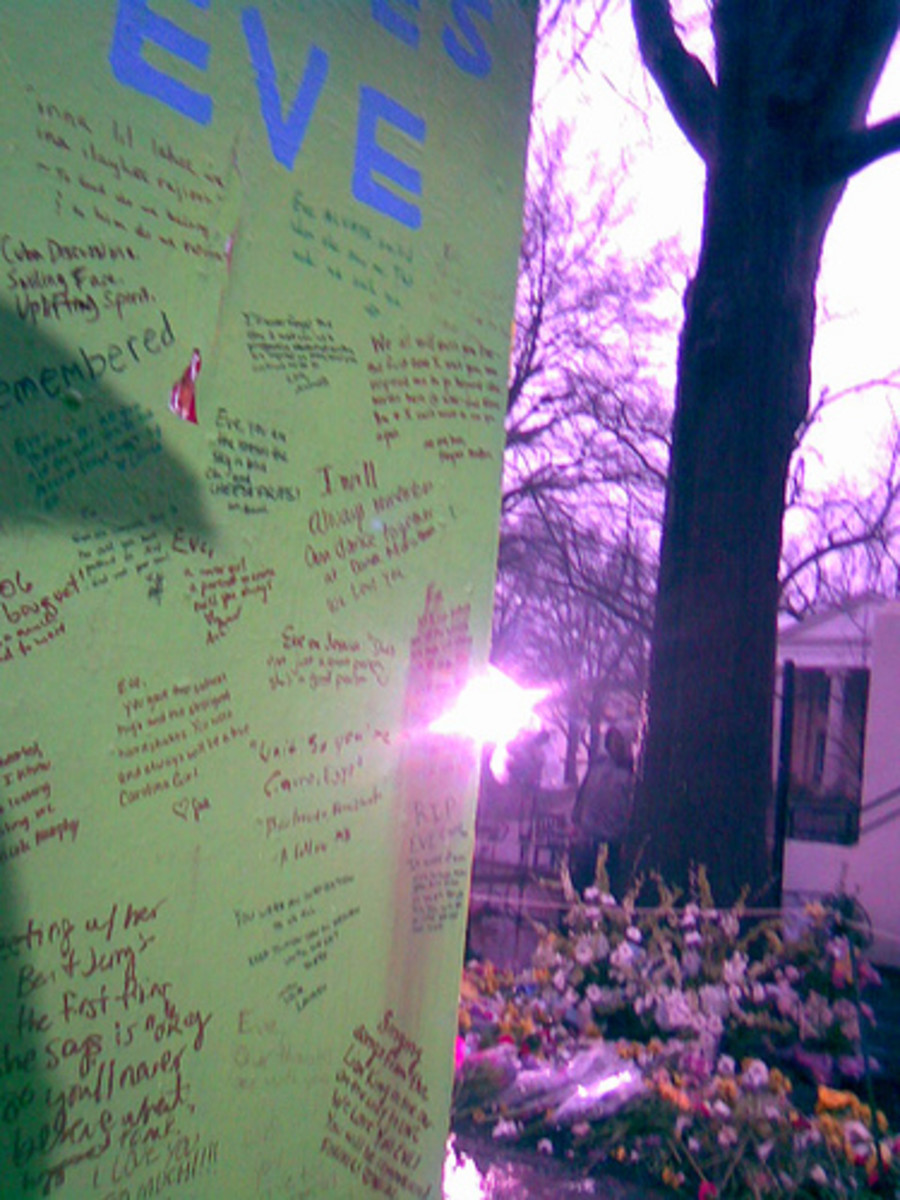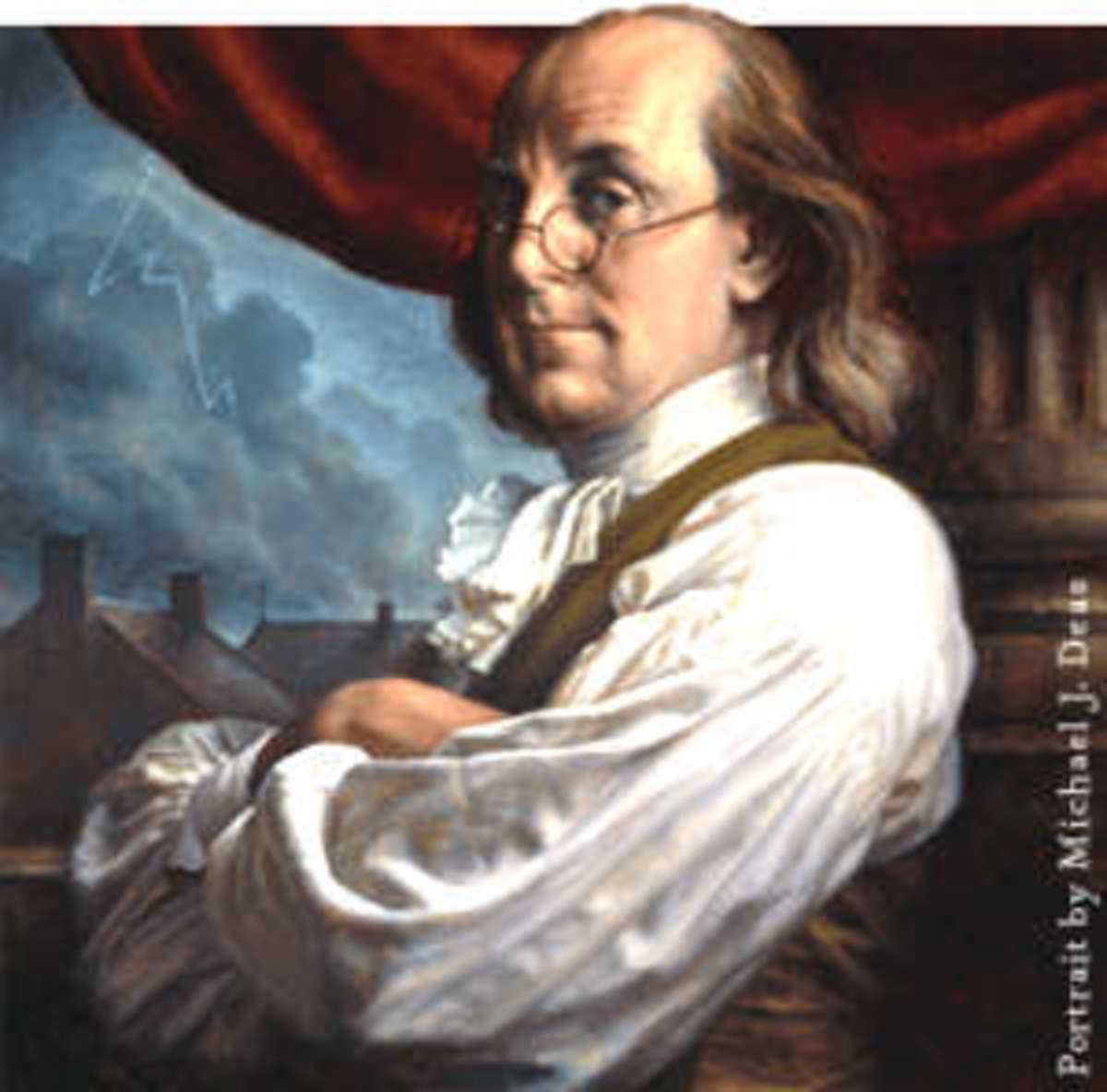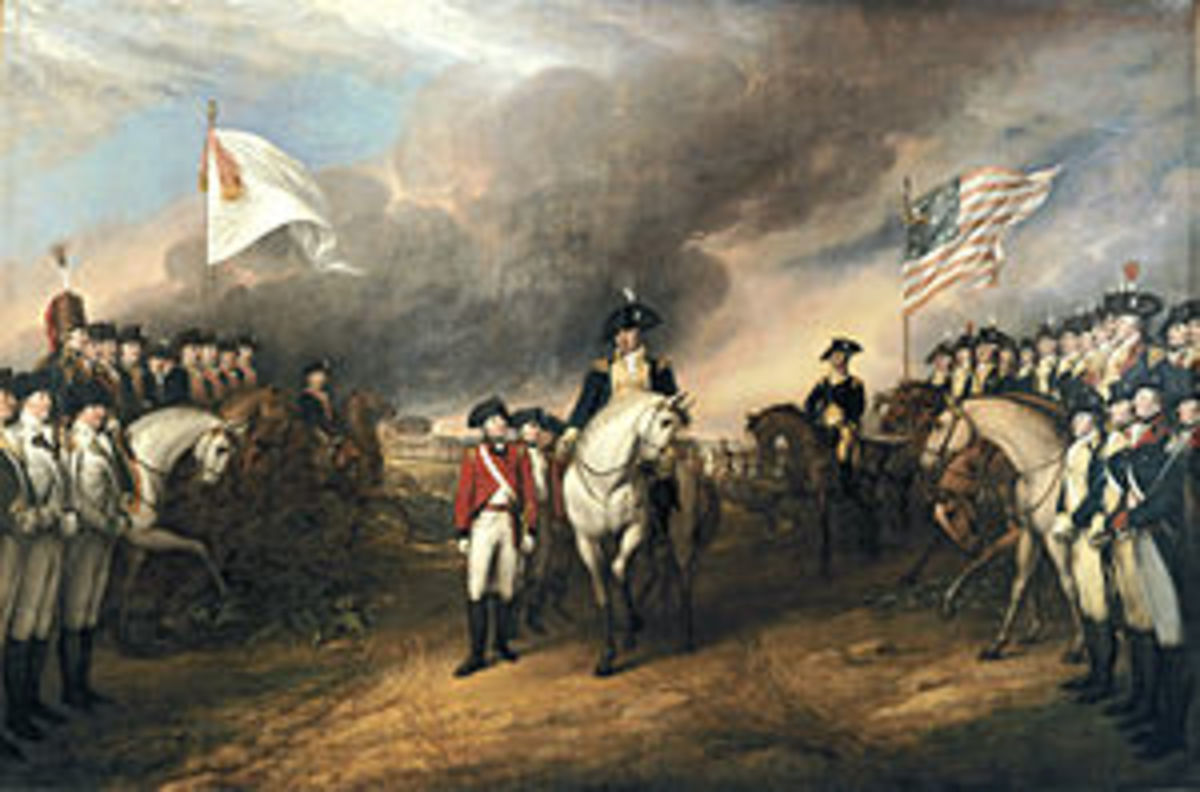- HubPages»
- Education and Science»
- History & Archaeology»
- History of the Americas
H. H. Holmes: America's First Serial Killer
Henry H. Holmes is a name that many may not be familiar with, but, his is a name that has long lived in the darker, more sinister histories of the City of Chicago. He was America's first serial killer. But, H. H. Holmes did not get his start in Chicago. He was born in 1860 as Herman W. Mudgett, in Gilmanton, New Hampshire. His father was wealthy and respected, and even served as postmaster for around 25 years.
It's unclear what his family life was like, though. A lot of profiles of serial killers attribute some sort of trauma or abuse as a trigger for behavior that is so outside the norm of society, but there is little known as to the root cause for what made H. H. Holmes the terrible man that he became. What is known is that he was often in trouble in his youth, and was reported to be especially cruel to animals and smaller children. It is believed that he found his first victim within his own family, when he was only seven or eight years old. It is believed that he was responsible for the drowning death of his cousin Mary in a creek near her home in New Hampshire. This would suggest a sociopath who got a start at a rather young age. He did leave an impression of a good note, though. He was an excellent student and excelled all through school.
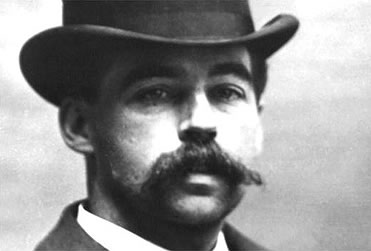
Holmes Gets Hist Start
He married the daughter of a well-to-do farmer from Loudon, New Hampshire, named Clara Lovering, in 1878. Holmes was 18 at the time. That year, he also began studying medicine in Vermont. He used money inherited by his wife to pay for the hefty school tuition. Now, this is a real recipe for disaster; a sociopath with a fondness for torture, seeking an education in medicine, but of course, that all comes later.
A year after enrolling in the Vermont medical school, he transferred to the University of Michigan, in Ann Arbor, bringing his young bride with him. True to his nature, he began to cause trouble at the medical school. He would disfigure corpses and place them in locations so that it looked as if they had been killed in accidents. He also profited from these “accidents”. He was conveniently the beneficiary of these “family member's” life insurance policies. He also dug up graves of the recently deceased, cleaned the skeletons, and sold them for medical study. He had the advantage that technology was archaic at the time, in terms of determining time and cause of death. He had little respect for the dead, and even found a way to make a little money from his creative endeavors.
His most profitable con involved another such accident, but this time, he employed an accomplice, who, strangely enough, went on to be a rather successful doctor in New York. They managed to get away with $12,500. That was a tidy sum in the late 1800's. Following this, he vanished, leaving Clara and their infant son behind. Dejected and with little other option, Clara headed back to New Hampshire, never to see Holmes again. She got off lucky. For the next six years, Holmes was invisible.
Very little is known about what he did during this time period, though Pinkerton detectives found traces of him in several cities, but nothing particularly interesting. He was found to have been in St. Paul, Minnesota, where he actually ran a legitimate business and was well respected in the community. He was so well respected, that he was appointed by the community to run a bankruptcy store. He, of course, couldn't behave for very long, and sold the inventory of the store and disappeared once more. After this, he headed to New York. Here, he taught school, and stayed at the home of a farmer in a nearby village. The charming Holmes seduced the farmer's wife, and then disappeared once more. Leaving more disaster in his wake in the form of a pregnant woman.
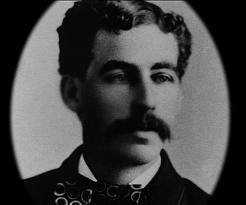
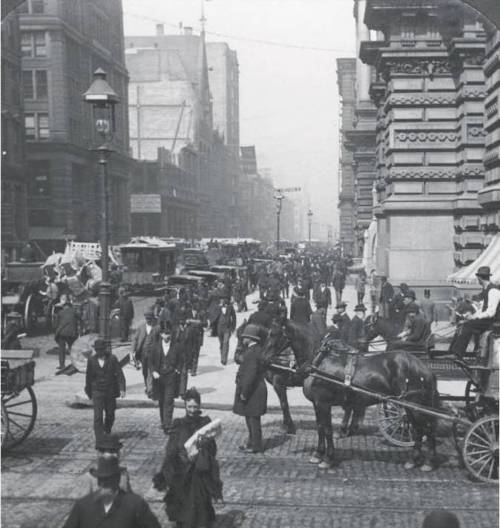
Holmes Finds A Home
Holmes finally makes it to Chicago in 1885. He is only 25 at this point, but he has already had a rather interesting career. He set up an office in the suburb of Wilmette, Illinois, and pretended to be an inventor. He attempted to obtain a divorce from his estranged wife, Clara, but the proceedings ended up dragging on for several years, until 1891. He still married another woman anyway. He married Myrtle Belknap. She was the daughter of a wealthy businessman named John Belknap. This marriage also produced a child, a daughter this time. The marriage was short-lived, though. Myrtle ended the marriage in 1889. She did this after it was discovered that Holmes had attempted to cheat John Belknap out of property by forging his father-in-law's name to deeds, and it was suspected that Holmes attempted to poison the man as well.
He then moved from being a fake inventor to owning an office that made copies of documents. Another attempt at a legitimate business? This endeavor was a failure, however, and he took off, leaving behind a pile of debts totaling around $9,000. He then found a profession that was more fitting to his knowledge and skills. He began working in a drugstore in the Englewood community, which is now part of the City of Chicago. At that time, a drugstore was more than just a pharmacy. A pharmacist, or druggist, was more chemist than the modern pill-pushers that they are today. A drugstore at that time was filled with all sorts of concoctions, elixirs and potions, some of them safe, some of them quack remedies, and some that could be dangerous or even deadly. The drugstore was owned by a woman known only as Mrs. Dr. Holden. She was an older woman, and she was happy to have the help of the young Holmes. Shortly after, in 1887, Mrs. Dr. Holden disappeared, having conveniently sold her store to H. H. Holmes before she vanished. She was more than likely one of his first victims, though she was never found, living or dead.
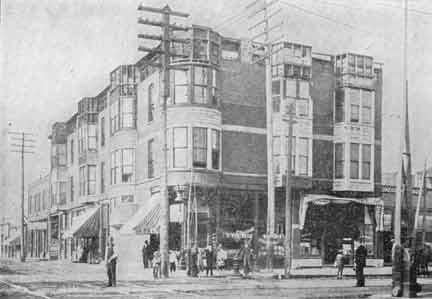
Holmes Builds A Castle and Takes a Trip
In summer of 1888, Holmes purchased a large lot that encompassed an entire city block, across from the drugstore, but work on the large building didn't begin until spring 1889. He obtained the money for the land and the building from a rather profitable trip to Indiana. There, he and his accomplice, Benjamin Pietzel, pulled off an insurance scam, which landed Pietzel in jail. Pietzel was described later on as a "tool of Holmes'" or even "his creature". Holmes, of course, got away clean.
What he did between the time he purchased the lot, and when the building finally began is a bit of a mystery. There was a gap of time between July of 1888 and March of 1889, where there is no account of Holmes in Chicago. There is a theory, believed by his own great-great-grandson, Jeff Mudgett, that he booked passage on a ship, The Etruria, from New York to England. Around that time, there were stories of a young American doctor, selling skeletons to medical schools in London. Anyone with knowledge of London history of that time will recall another famous serial killer...one who was never caught. I am of course, speaking of Jack the Ripper. Could Holmes and Jack the Ripper be one in the same? It is possible, and as I said, his own great-great-grandson seems to believe that it is true. There have been so many theories as to who Jack the Ripper really was.
At the time that the construction began, he also made another addition. He added a jewelry counter to his drugstore, and hired a man named Ned Connor to be the watchmaker and jeweler. Ned was accompanied by his wife, Julia, and their daughter, Pearl. They took up residence in an apartment above the store. Holmes then hired the lovely Julia as his bookkeeper. Julia, of course, caught the attention of the charming Holmes, and soon began an affair with him. Ned found out, and to his fortune, decided to leave behind his family and his job, and he took another job in another shop. This was very fortunate for Ned, as we will later discover.
Holmes continued his insurance scams, and took out sizable policies on both Julia and Pearl. It is suspected that Julia assisted Holmes in his later plots, though to what extent, is unknown. Construction was continuing on his huge and interesting building. It was a large, three story structure that also had a basement. The construction was an interesting endeavor. Holmes hired crews to work on his building, only to fire them shortly after without bothering to pay them. This also ensured that no one would know the full extent of the building's secrets, except for him. He also managed to skip payment on all the materials that went into the building.
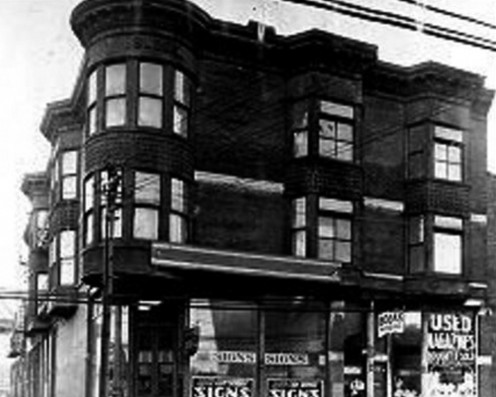
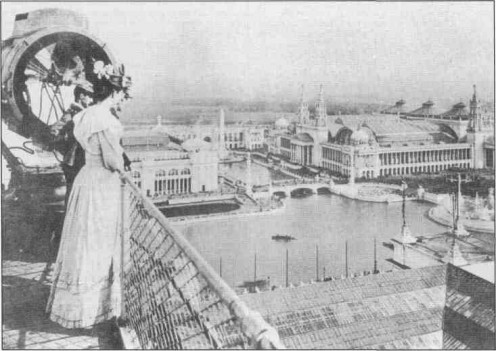
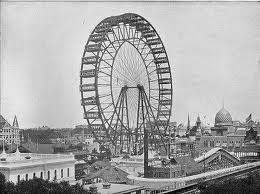
The Murder Castle and The World's Fair
The building itself was an odd construction. It had over 60 rooms and 51 doors that were oddly cut into the walls. The house had trap doors, secret passageways, rooms without windows or doors, and random chutes that led to the basement, and even a staircase that opened over a steep drop-off to an alley, at the back of the building. What were all these strange additions used for? What sort of building was this? The grisly answer is far more terrible than one can imagine.
The first floor was innocent enough. It contained various shops that he rented out. The upper floors were outfitted as living quarters, though some rooms seemed to serve another, more sinister, purpose. Holmes maintained an office on the second floor, as well.
His victims often met a terrible fate. The "murder castle", as it came to be called, was outfitted with gas lines that pumped poisoned gas into some of the rooms. Giving Holmes the ability to kill his tenants on a whim, whenever he chose, or to render them unconscious, so that he could bring them down to the basement. Other rooms were built to be airtight, allowing Holmes to suffocate his victims. Still others were locked into a huge bank vault near his office, and left to suffocate. Bodies were dropped down the various chutes that led to the basement. From there, further atrocities took place. He would dissect the bodies, strip them of their flesh, and make medical models of the skeletons. He would then further profit from his crimes by selling the skeletons and organs to medical schools. Other bodies were disposed of in vats of acid, lime pits, or were simply cremated. His methods of torture, murder and of covering his crimes were varied and inventive.
Construction was completed in 1892. Holmes then announced that he was planning on renting the rooms on the upper floors for tourists who were headed to Chicago for the much anticipated 1893 Colombian Exposition, the great World's Fair. So many victims with no ties to the city, who could vanish without anyone suspecting a thing... As to how many fell victim to this cruel and clever man? No one can say for sure.
He also managed to lure other young women into his clutches, by advertising for various jobs in the building. After meeting with the women, he would suggest that they pack all of their belongings, because lodging would be provided as well, and to withdraw all of their money, so that they had start-up money for whatever job he happened to offer at the time. Jobs were not the only tempting offers he advertised, though. He also placed ads looking for marriage, and followed similar methods to fleece the young, unsuspecting women of their money and belongings.
His methods were virtually foolproof. His victims were not likely to be missed, either because they had no ties to the city, or because they would gush to friends and family about their good fortune finding a great job, or a great husband. It is hard to say how many fell at the hands of this terrible man, and how much he profited from it all. The true number of his victims will never be known.
He had help because after a time, things got too big for even Holmes to manage himself. He enlisted the help of like-minded individuals. How could anyone be like Holmes in any way? It's hard to wrap your head around. There were three notable names; Patrick Quinlan, Charles Chapel and Benjamin Pietzel. Quinlan was akin to a janitor at the Murder Castle, and was enlisted to strip the flesh off the skeletons, and sell the skeletons to medical schools. A secondary location was used at times. A glass factory owned by Holmes about ten miles from his Murder Castle. Pietzel was his closest associate.
After The Fair
After the fair, times were a little rougher in Chicago, and creditors managed to find their way to Holmes' doorstep. So, naturally, he left Chicago, and his murder castle, for less toxic waters. He showed up in Fort Worth, Texas. I guess he felt this was far enough away from the trouble in Chicago. In Fort Worth, he came into railroad property that he inherited from yet another fiancé and her sister. Both wound up victims of his. He attempted to build another murder castle, similar to the one he abandoned in Chicago, but ditched that plan. Law enforcement ran very differently in Forth Worth, and it would not be in his best interest to put down roots in the area. He wandered the United States and Canada, instead. Not a great deal is known about his actions during this time, other than that he continued to run insurance scams, with the aid of Benjamin Pietzel.
At some point, he hatched a plan to pull off yet another insurance scam with his "friend" and associate, Pietzel. He told Pietzel that the two of them would go to Philadelphia, find someone who looked like him and kill him. Holmes would tell the police that the body belonged to his dear friend, Benjamin Pietzel, collect the insurance money, and split it with Pietzel. Knowing Holmes, Pietzel should have been suspicious of this, but both he and his wife agreed to the plan, and so Pietzel and Holmes headed to Pennsylvania to carry out their plan. Only that wasn't the real plan. Holmes killed Pietzel. He made it look like he had accidentally blown himself up while lighting his pipe. When Holmes went to collect on the insurance, the insurance company because suspicious, and refused to pay. Holmes fled for fear of arrest.
He returned to Pietzel's wife, Carrie, in St. Louis. He told her there had been an unfortunate accident, but that the money was coming shortly. Devastated, she agreed to let Holmes take her three children with him, in an effort to ease her burden, and offer comfort. Alice, Nelly and Howard went with Holmes as he traveled around the United States and Canada. They never saw their mother again.
The insurance company was investigating Benjamin Pietzel's death, and was still looking for Holmes, and had managed to track him down to Boston. They had issued a coroner's warrant and he was promptly arrested. The children were not with him. The only trace of them left were letters that the children had written. Holmes never sent them, Holmes told the police that the children were with a woman by the name of Minnie Williams, in England. A detective by the name of Frank Geyer was assigned to the case and quickly followed Holmes' trail, making use of clues found in the letters the children had written. Why did he keep those letters? He had become a master at destroying evidence.
He followed the clues to Toronto, Canada. There, he found the bodies of the Pietzel girls, Alice and Nelly, buried in a cellar. Where was the young boy, Howard? Geyer continued on the trial until he came to Irvington, Indiana, a town just outside of Indianapolis. There, he made the grizzly discovery that little Howard had been stuffed up inside a chimney. Carrie Pietzel had lost her husband and her three children to this horrible man, and for what? A little money?
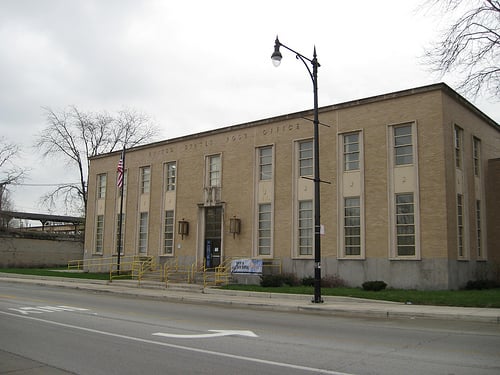
The Trial and After
The trial took place in 1896, and it was the Trial of the Century. It was talked about by everyone. Real evil was on trial, and it was a huge event. After his arrest in Boston, police swarmed the murder castle in Chicago, looking for any evidence of what took place there. The discovery of a veritable murder's playground left people reeling. Only a few bone fragments were found, so there is no way anyone will ever know the names of all of his victims, or how many there were. He had made various claims as to the number of victims, sometimes claiming complete innocence.
Despite all the deaths attributed to him, and all the others that will never be known, he was convicted of only one murder, the murder of Benjamin Pietzel. He was hanged on May 7th, 1896, in Philadelphia. His death and the events that followed are strange in their own right. His neck did not snap, and he was slowly strangled to death. He had made requests regarding the treatment of his remains after the execution. He requested that his body be immediately encased in cement, then buried in a ten foot deep hole, and then sealed with cement. Why would he do this? Maybe to prevent grave robbers? He was familiar with such practices, after all. Or, maybe it wasn't his body in that cement. It is well within the realm of possibility that he had hired someone who looked like him, and that man had died in his place. I wouldn't have put it past Holmes to do something like that. He was usually one step ahead of everyone else.
After the execution, things got even stranger. Several people me a rather bad end. Around thirty people are purported to be a victim of the "Holmes curse". The superintendent of the prison committed suicide, as did Patrick Quinlan. The jury foreman met an unfortunate and mysterious end, as well. He was electrocuted under strange circumstances. Was there a curse? Was it Holmes? Was he alive and getting even with those that had interrupted his plans? Maybe it was all coincidence.
The murder castle is gone. It was torn down. A post office now stands in its place. The basement of the post office, however, is an original part of the murder castle, and there is a strange tunnel that runs underneath the post office, that was also part of the murder castle. Claims have been made by employees of the post office that the area is haunted. I can believe it. The countless, faceless victims that will never be known. They are not at rest, and it is likely that this area is indeed haunted.
Jeff Mudgett's book about his great great grandfather
© 2013 Anna Marie Bowman


